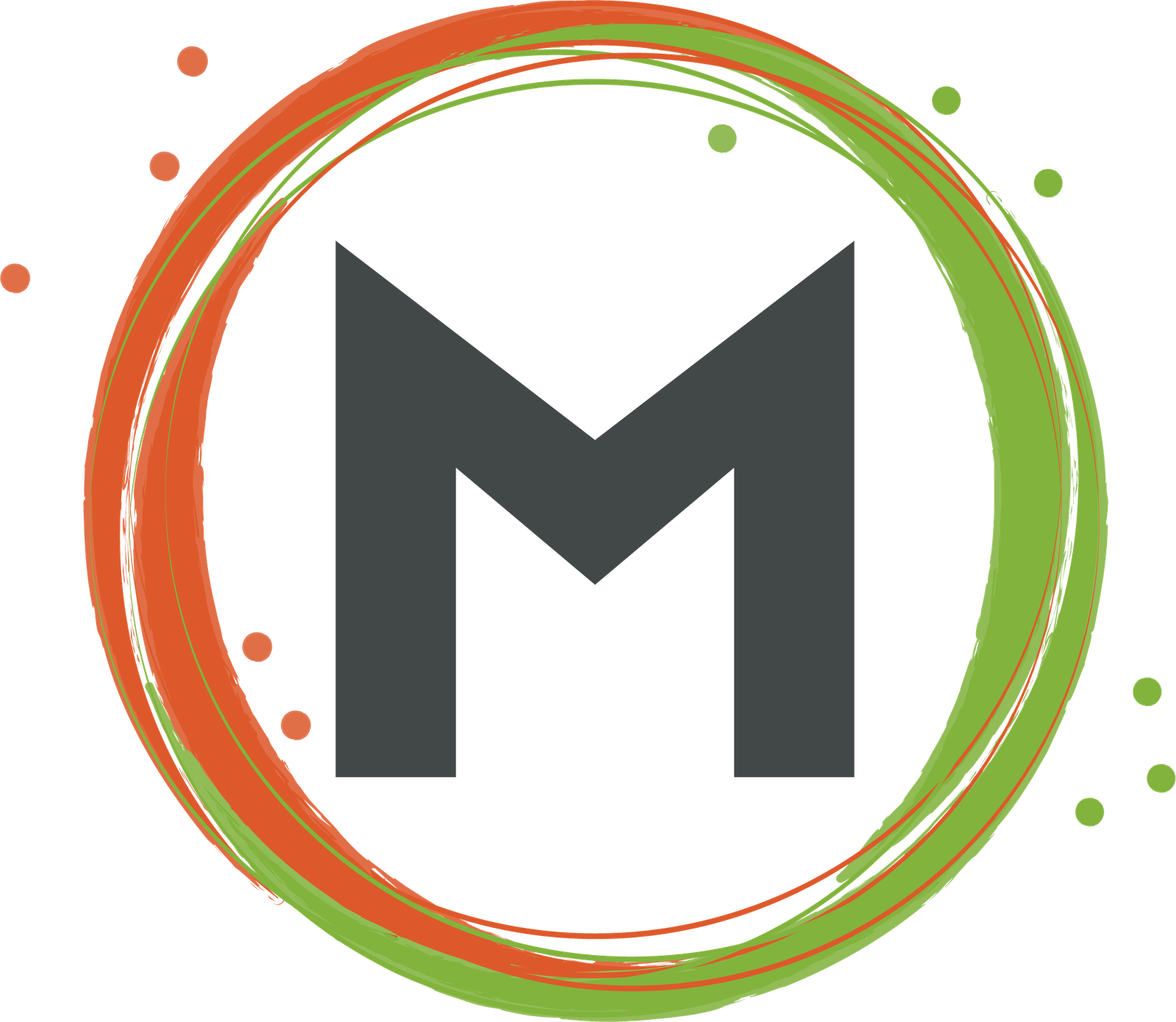 Last year I met a wonderful lady, Judy Keefe, who loves to write. She loves to help people tell their stories similar to how I like to help people tell their stories, only she does it with words. During one of our meetings I learned about KinKeeping through Judy and found myself fascinated by the term. Now I call myself a KinKeeper!!!
Last year I met a wonderful lady, Judy Keefe, who loves to write. She loves to help people tell their stories similar to how I like to help people tell their stories, only she does it with words. During one of our meetings I learned about KinKeeping through Judy and found myself fascinated by the term. Now I call myself a KinKeeper!!!
Why am I writing about Judy? Well, today is the day her first book in a series about KinKeeping is released. The book is entitled “KinKept: Intentionally Nurturing Connections“, and you can find it on Amazon. I’m so excited for her! As a hobby of mine, I dabble in my family history and try to keep our family together by coordinating family reunions. That’s what I initially thought about KinKeeping, but it’s so much more…
If you’re like me and hear the word “kin” we typically think of those that are related to us and share common ancestry. But that’s not necessarily the case with KinKeeping. In Judy’s first book about KinKeeping, she shares stories of ways people connect in the world, and it’s not just with other people. Do you remember the movie “The Lion King” and the term “The Circle of Life”?
The origin of the word: “KinKeepers” was originally used to describe the older, often unmarried women in a family who spent time and effort helping to keep the generations connected—i.e., KinKeeping. As Judy learned more about KinKeeping, she saw KinKeeping all around her—and saw Kin as those related by blood, by law, and by choice. In modern times, more and more it seems we choose our families, we choose our kin, we choose those with whom we stay connected.
It’s not just family that we connect with, it’s friends, co-workers, nature… At the begining of her book, she talks about creating a paperchain in grade school with her closest friends. And that’s how kinkeeping relates, like we’re part of a paperchain, or a circle of life. “Each link we have to someone or something outside of ourselves is like a link in a colorful paperchain.”
Within this book, you can visualize through her stories your own KinGroups. If you want to learn more about KinKeeping, check out her book on Amazon, or her website, www.kinkeeping.com. Note: At the time of this publication, her website is still in the works, so keeping checking back for updates.

